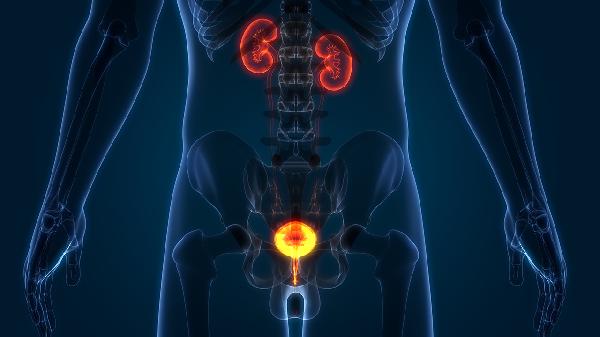Prolonged erection, also known as priapism, is a medical condition characterized by an erection that lasts for more than four hours without sexual stimulation. This condition can be painful and, if left untreated, may lead to serious complications such as tissue damage or permanent erectile dysfunction. Understanding the causes, treatment options, and preventive measures is crucial for managing this condition effectively. This article provides a comprehensive guide to help you navigate the challenges of prolonged erection and seek appropriate care.

Understanding Prolonged Erection
Prolonged erection occurs when blood becomes trapped in the penile tissue, preventing it from returning to its normal flaccid state. There are two main types of priapism: ischemic (low-flow) and non-ischemic (high-flow). Ischemic priapism is the most common and requires immediate medical attention, as it can lead to tissue damage. Non-ischemic priapism is less severe and often resolves on its own. Common causes include medication side effects, blood disorders, trauma, or underlying medical conditions such as sickle cell anemia or leukemia.
Recognizing the Symptoms
The primary symptom of prolonged erection is an erection that persists for more than four hours without sexual arousal. Other symptoms may include pain, tenderness, or swelling in the penile area. In severe cases, the penis may become discolored or develop a bluish tint, indicating a lack of blood flow. If you experience these symptoms, it is essential to seek medical attention promptly to prevent long-term damage.
Treatment Options for Prolonged Erection
The treatment for prolonged erection depends on the type and severity of the condition. For ischemic priapism, immediate medical intervention is necessary. Treatment options may include aspiration, where a needle is used to drain blood from the penis, or the injection of medications to constrict blood vessels and reduce blood flow. In some cases, surgery may be required to restore normal blood flow. Non-ischemic priapism often resolves on its own, but medical evaluation is still recommended to rule out underlying causes.
Preventive Measures and Lifestyle Changes
Preventing prolonged erection involves addressing the underlying causes and making lifestyle changes. If medications are the cause, consult your healthcare provider to adjust or change your prescription. Managing underlying conditions such as sickle cell anemia or blood disorders is also crucial. Avoiding excessive alcohol consumption, recreational drug use, and trauma to the genital area can further reduce the risk of priapism. Regular check-ups with your healthcare provider can help monitor your condition and prevent complications.
When to Seek Medical Help
If you experience an erection lasting more than four hours, seek immediate medical attention. Delaying treatment can lead to irreversible damage and long-term complications. Early intervention is key to preserving penile function and preventing further health issues. Do not attempt to treat the condition at home, as improper management can worsen the situation.
The Role of Mental Health in Recovery
Prolonged erection can have a significant impact on mental health, causing anxiety, embarrassment, or depression. Seeking support from a mental health professional or joining a support group can help you cope with the emotional challenges of this condition. Open communication with your partner and healthcare provider is also essential for managing the psychological aspects of prolonged erection.
Prolonged erection is a serious medical condition that requires prompt attention and appropriate treatment. By understanding the causes, recognizing the symptoms, and seeking timely medical care, you can effectively manage this condition and prevent long-term complications. Adopting preventive measures and addressing underlying health issues can further reduce the risk of priapism. Remember, your health and well-being are paramount, so do not hesitate to seek professional help if you experience prolonged erection.
























